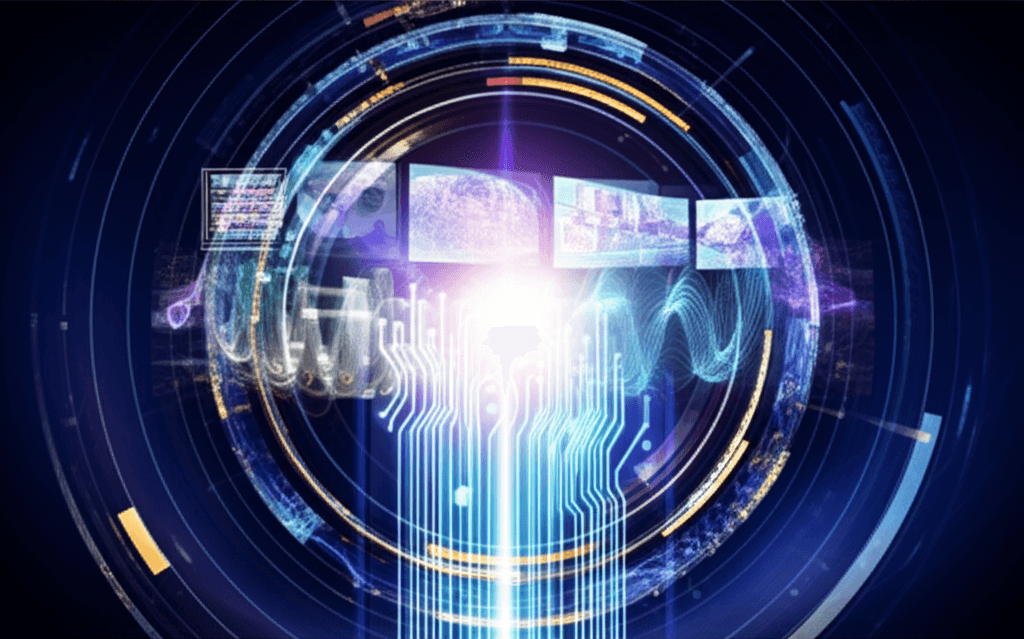GPT-5 Will Redefine AI with Breakthrough Reasoning and Multimodal Power.
Beyond raw power, GPT-5 seeks to deliver trustworthy, logically consistent AI with advanced reasoning and seamless multimodal interaction.
June 18, 2025

OpenAI CEO Sam Altman has indicated that the company's next-generation flagship model, GPT-5, is anticipated to arrive sometime in the summer, creating a surge of expectation across the technology sector. While Altman has remained intentionally vague on a specific release date, his comments have ignited widespread discussion about the potential capabilities of the new model and its implications for the rapidly evolving artificial intelligence landscape.[1][2][3] The release is considered one of the most significant for the company to date, serving as a potential benchmark for the future trajectory of the AI industry.
The development of GPT-5 follows a period of intense competition and rapid advancement in generative AI. Following the transformative impact of ChatGPT, which was powered by earlier GPT models, rivals have emerged with powerful alternatives, increasing the stakes for OpenAI to deliver a substantial leap forward.[4] Some reports suggest that enterprise customers who have seen a demo of GPT-5 describe it as "materially better" than its predecessors, hinting at significant performance gains.[5] However, alongside the anticipation, there is also a cautious awareness of the challenges involved, with some sources indicating the development process, code-named "Orion," has been a meticulous 18-month effort and has faced hurdles in balancing cost with performance breakthroughs.[6]
Expectations for GPT-5 center on significant improvements in core capabilities, moving beyond incremental updates to what some hope will be a new paradigm in AI interaction.[7] A primary focus is expected to be on enhanced reasoning abilities.[8][9] While GPT-4 demonstrated impressive feats, its logical consistency can be inconsistent; GPT-5 is anticipated to have more advanced reasoning, allowing it to tackle more complex problems and provide more logically coherent outputs.[8][9] This could involve a shift from simple conversational ability to more profound structured reasoning, potentially integrating "chain-of-thought" processes to break down complex tasks into smaller, more manageable steps, thereby improving accuracy.[10][11][12] Altman himself has emphasized the need to improve upon GPT-4's reliability, aiming for a model that can more consistently identify the best possible response to a query.[8] This push for greater accuracy and reduced "hallucinations" — instances where the AI generates false information — is a critical step for enterprise adoption where trustworthiness is paramount.[13][14][7]
Another major area of anticipated advancement is in multimodality. While previous models have integrated different data types, GPT-5 is expected to handle text, images, audio, and potentially video in a much more seamless and unified manner.[15][13][16][11] This could revolutionize user interaction, allowing for more natural and flexible forms of communication and enabling richer, more contextually aware outputs.[11][9] The goal appears to be a single, integrated model that eliminates the need for users to switch between different tools for different tasks, creating a more fluid and versatile user experience.[10][3][12] Some speculation also points to the possibility of GPT-5 possessing a larger context window and more persistent memory, allowing it to maintain context over longer conversations and personalize interactions more effectively.[13][7][17]
The broader implications of GPT-5's release extend to the concept of AI agents—autonomous systems that can perform tasks with minimal human intervention.[10][18][7] With enhanced reasoning and the ability to interface with external tools and APIs, GPT-5 could power agents capable of managing workflows, booking flights, or conducting complex data analysis independently.[5][10] This represents a significant shift from AI as a reactive tool to a proactive collaborator.[7] However, this move toward more autonomous systems also amplifies the importance of safety and ethical considerations. OpenAI has stated its commitment to rigorous safety testing, including internal and external "red teaming" to identify and mitigate potential risks and biases before a public release.[5][16][6] The company has formed a new Safety and Security Team, led by Altman, to oversee the responsible development of its frontier models.[15]
In conclusion, the prospective summer launch of GPT-5 stands as a pivotal moment for OpenAI and the entire AI field. The model is poised to introduce significant enhancements in reasoning, multimodal capabilities, and overall reliability, potentially pushing the boundaries of what AI can accomplish.[8][9] While specific details remain under wraps, the discourse points towards a model that is not just more powerful, but smarter, more dependable, and more integrated into a variety of tasks and workflows.[18][16] The success of GPT-5 will likely be measured not only by its raw performance but also by its ability to provide tangible, trustworthy value and to navigate the complex ethical landscape of increasingly capable artificial intelligence. The industry watches with bated breath to see if GPT-5 will indeed represent the major leap forward that many are hoping for.
Sources
[3]
[6]
[8]
[10]
[11]
[12]
[14]
[15]
[16]
[17]
[18]